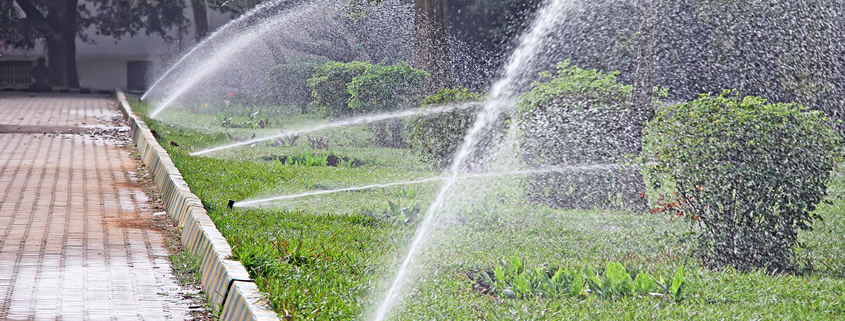Troubleshooting Faulty Irrigation Valves
Being a home owner can get rather difficult at times. There are so many things to take care of, and, unfortunately, all of those things are your responsibility to handle. It’s easy to get overwhelmed – especially if you’re the only one around. Because of this, it is important to remember that it is absolutely acceptable for you to ask for help. Looking up how to do a thing or two online simply means that you know how to utilize your resources.
Of the many issues that may come up during your time as a homeowner, faulty irrigation valves are certainly problematic. There are many things that can go wrong with your sprinkler valves. Valves are made up of many parts, and each of those parts has a possibility of breaking. Being able to identify the possible problem is essential to fixing the faulty valves.
What are the Symptoms of a Faulty Irrigation Valve?
Faulty valves can show many different symptoms that could give the impression of another issue such as bad water pressure. It is important that you make yourself aware of all of these possible symptoms to better identify a faulty valve when one is present. After all, the first step to fixing a problem is knowing how it started.
Some of the various symptoms a faulty irrigation valve could show are as follows: leaking present around the valve, low water pressure (or no water at all), valve not turning on automatically, or leaking at the sprinkler head furthest away from the valve. With that said, all of these symptoms could be the result of a different issue entirely.
If there is leaking around every valve, the issue is most likely not a faulty valve at all. In that case, you should check into the main sprinkler shut off or possibly the pressure vacuum breaker. If the sprinkler valve is not turning on with the automatic system, it could also be due to bad wiring. Try turning the valve on manually; if that works, then it is likely the wiring instead of a faulty valve issue. If the sprinkler head furthest from the valve is leaking, it could very well be a faulty valve, but it could also be an issue with the sprinkler head in question. Check for debris or other materials that could be blocking the valve from staying open.
Overall, troubleshooting these issues simply comes down to educating yourself on what the causes could be. Trial and error is a good way to determine the cause, but you should be careful while doing so. Nearly all of the symptoms shown by a faulty valve could be due to other issues. On the other hand, many of the symptoms could also be easy to miss.
The best practice to catch these symptoms early would be to keep a constant eye on how your sprinkler system is working. Walk around and check each sprinkler head and valve once a week in order to make sure everything is working properly. The best way to prevent issues is to stay on top of things, after all.
By keeping these symptoms in mind, you’ll be able to knock one more thing off your to-do list of being a home owner. Now you can focus on other things that could be more important – such as why your refrigerator isn’t cooling things properly or why your air conditioner isn’t working anymore. Being a home owner may be stressful, but it doesn’t have to be. Stay updated with the workings of your systems, and you won’t have to worry about being surprised with an issue!


Leave a Reply
Want to join the discussion?Feel free to contribute!